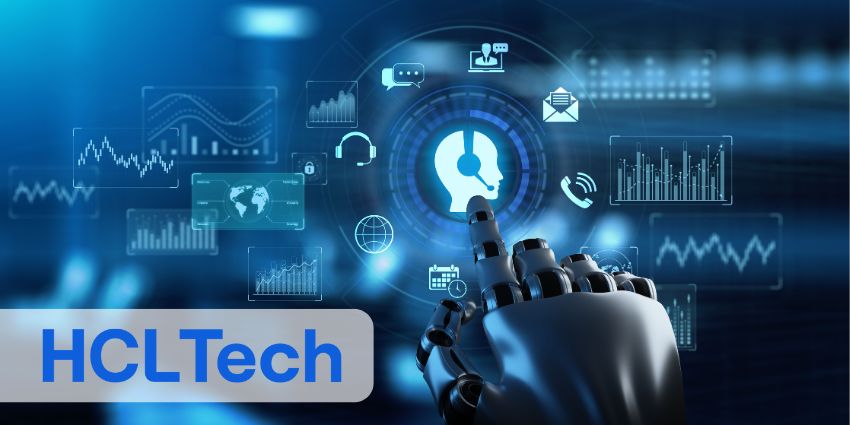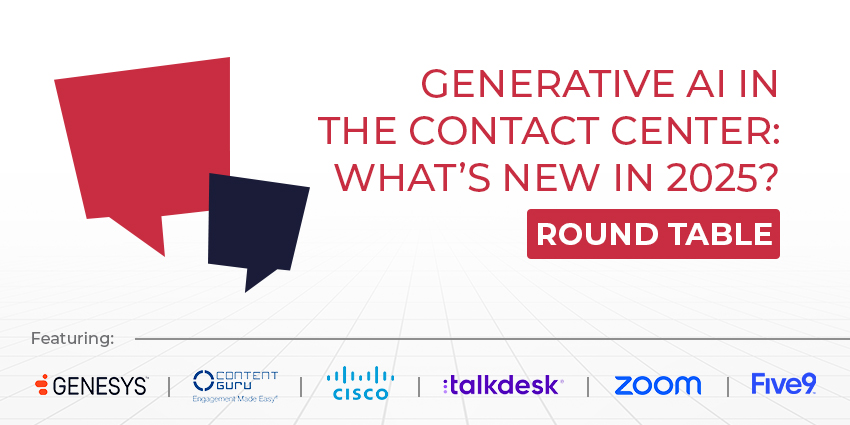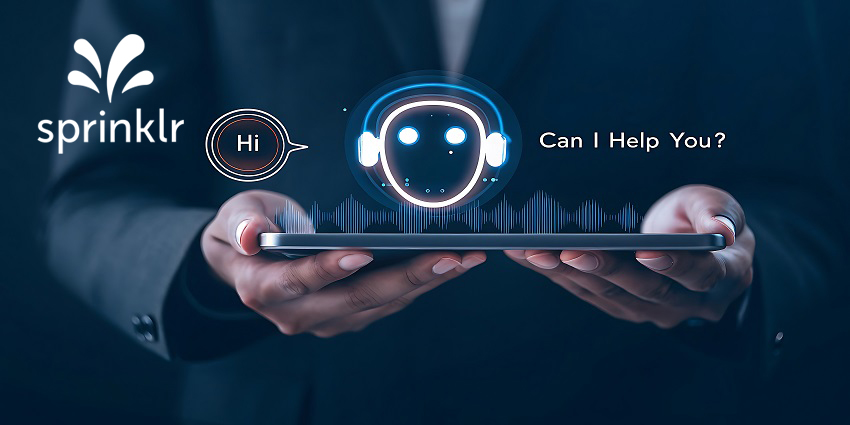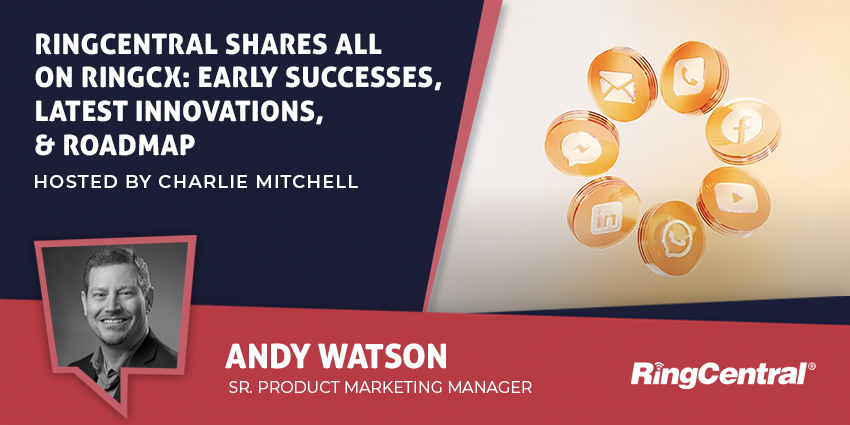For years, many vendors have sold the story that CCaaS is the new normal. But, it’s not.
As of late 2023, over two-thirds of businesses have not moved their contact centers to the cloud – according to Gartner analysts.
There are many reasons, including cumbersome workloads, regulatory considerations, and sometimes features that lag their legacy platform – often relating to voice.
However, most still accept that cloud contact centers are the future – thanks to the scalability, ease of integration, and speed of innovation within the CCaaS space.
That makes the following Metrigy statistics all the more surprising. Last year, the analyst found that:
- 48.2 percent of the organizations using cloud-based contact center platforms are changing, planning to change, or evaluating a shift in providers.
- 14.1 percent of those are doing so because they are returning to on-premises platforms.
These findings suggest that CCaaS often underwhelms, especially when organizations fail to take the optimal path to the cloud.
The Pathways to CCaaS: Which Is Best for You?
Often, the simplest approach to a CCaaS migration is “lift-and-shift”, where the organization moves everything to the cloud as is. But that doesn’t harness the cloud’s potential.
Alternatively, a business can rip and replace its entire systems architecture with cloud-native solutions – which is typically considered a risky step in large enterprises.
After all, many have spent significant time and resources customizing their on-premises solutions. The thought of uprooting and starting from scratch is daunting.
However, those aren’t the only two options. For a softer transition, the contact center can:
- Revise its systems to leverage elements of the cloud one by one for smaller wins.
- Re-architect all its systems for cloud optimization and enhanced functionality.
Noting this, Gurpreet Kohli, Senior Vice President and Global Head of Telecom & Networks at HCLTech, told CX Today:
“There is not a single best approach, and we’re seeing enterprises choose to mix and match these options – which is the direction that cautious enterprises will increasingly take.”
As organizations do this, they often turn to trusted partners like HCLTech, which help them uncover the best path forward, with respect to their specific requirements.
Moreover, HCLTech has a global community of expert consultants, extensive industry expertise, and strategic partnerships with the best and brightest contact centers.
Yet, perhaps most crucially, it has designed a framework to help contact centers ensure they follow the CCaaS migration path that is right for them.
A Sneak Preview of HCLTech’s CCaaS Migration Framework
The HCLTech CCaaS migration framework follows four cornerstone steps: due diligence, design, implementation, and transition.
Stage 1: Due Diligence
In the due diligence phase, HCLTech will examine the existing setup. In doing so, it works with the organization to determine whether the new environment should mirror the old one or if a minimum viable product (MVP) approach is better placed.
When following the MVP approach, the business first identifies the critical capabilities that various contact center stakeholders leverage daily. That then enables the creation of a simplified cloud platform that service leaders can progressively enhance.
During due diligence, it’s also crucial to consider if the customer journey needs redefinition or if existing features need improvement.
After gathering all this information, HCLTech clients move into the design phase.
Stage 2: Design
HCLTech utilizes its due diligence to design a CCaaS environment that aligns with the client’s specific requirements and pre-empts potential risks.
Its experts recommend listing those risks and developing solutions for each. Then, consider: what are the contingency plans if something goes wrong during the migration or transformation? Those contingency plans must be addressed before moving into the implementation phase.
An example of such a risk is in the homegrown apps enterprises often leverage. The design must facilitate these, ensuring the SDKs, APIs, or web services are available to enable their integrations.
Finally, HCLTech seeks approval from key business and contact center stakeholders – including customer reps – before implementation.
Stage 3: Implementation
With sign-off on the design, HCLTech guides its clients through the implementation stage – which involves various types of testing, including functional, unit, and load testing.
Yet, in the case of HCLTech’s CCaaS transformations, automation also plays a critical role. Clients expect a zero-defect solution and strict adherence to timelines. HCLTech relies on automated testing tools like Jira and BlackSheep to achieve this.
These tools streamline tasks such as capturing Interactive Voice Response (IVR) call trees from old systems, significantly reducing time and effort.
Also, by introducing these tools, HCLTech can extract detailed information from the old systems and replicate it in the new system with minimal delay.
As a result, the migration process typically runs much faster, and businesses can ensure accuracy when replicating complex configurations.
Stage 4: Transition
Once the implementation is complete, HCLTech considers whether the transition, or cutover, period should come in phases or a single step – often referred to as the “big bang” approach.
The decision depends on the business context, such as whether calls must transfer within internal teams or to back-office users, who might still leverage the old system.
Yet, there’s more to consider, including user engagement. After all, users can be reluctant to embrace new systems, so it’s crucial to have a well-prepared plan to address this resistance.
Successful adoption after migrating to a CCaaS solution means ensuring agents are comfortable with the change. That involves thorough training, familiarizing them with the system’s look and feel, and allowing them to experiment with the new platform before the actual migration.
A thoughtful and measured approach helps ease the transition and reduces resistance from users, and requires careful attention and planning.
HCLTech also works with the contact center, IT, and front-line managers to create a user-friendly shutdown strategy and manage expectations around the transition period.
Final Words of Wisdom
Ultimately, a CCaaS migration strategy hinges on the business’s unique needs.
As such, it’s critical to work with a partner that offers a flexible framework and doesn’t simply look to replicate what they’ve built elsewhere.
That’s a critical reason why many enterprises turn to HCLTech to ensure their CCaaS foundations, environment, and provider align with their business and roadmap.
With many global enterprise clients, it’s your trusted partner for everything customer experience, AI, cloud, and digital transformation.
To learn more about HCLTech’s Contact Center Practice and specialist services, visit: www.hcltech.com/digital-foundation/contact-center







